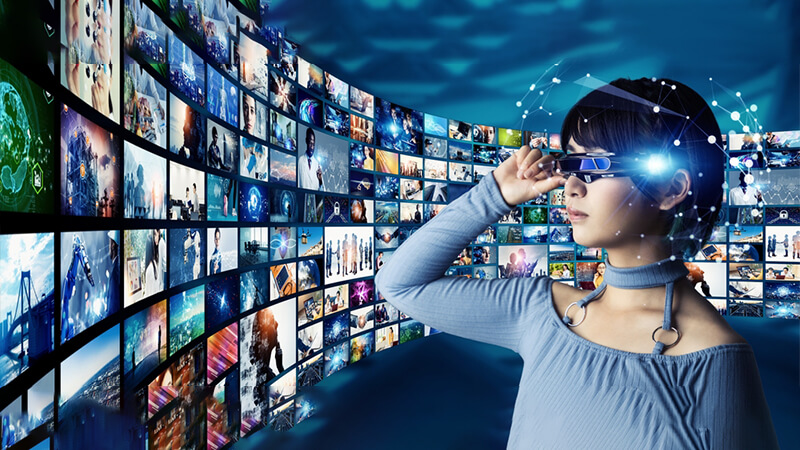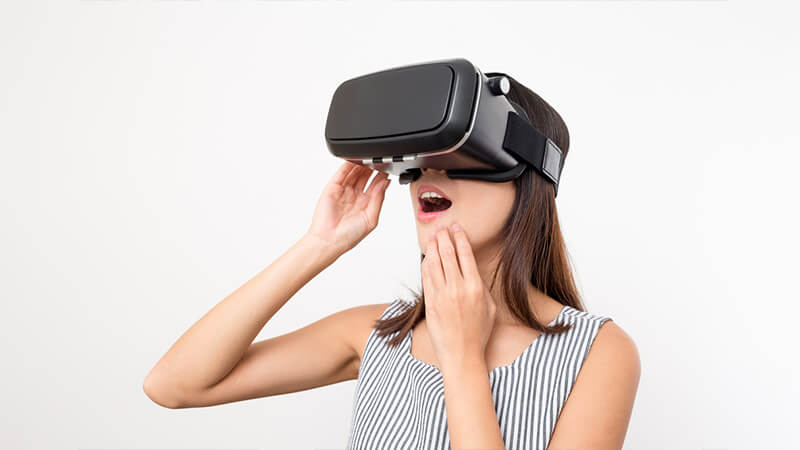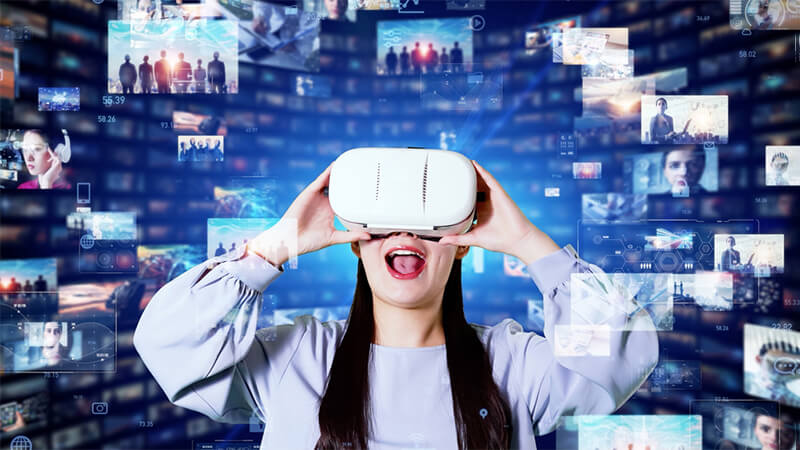The world of movies and entertainment has always been about captivating audiences with storytelling and transporting them to unimaginable worlds. With the advent of Augmented Reality (AR) and Virtual Reality (VR), the boundaries between reality and fiction are blurring like never before. These transformative technologies are revolutionizing how we experience films, television shows, and interactive entertainment, immersing us in awe-inspiring virtual worlds and enhancing the overall cinematic experience. Let’s explore how AR and VR are reshaping the movie and entertainment industry:
1. Immersive Movie Experiences:
Virtual Cinema: VR headsets have introduced a new era of cinema, allowing audiences to watch films in virtual theaters. This immersive experience offers the feeling of being at the center of the action, bringing the movie to life like never before. 🎞 360° Storytelling: VR technology enables filmmakers to create 360-degree films, where viewers can look in any direction and become part of the narrative. This interactive storytelling format elevates engagement and emotional connection with the content.
2. Movie and TV Show Tie-ins:
AR Superheroes: Augmented Reality applications bring movie characters and superheroes into our real world. Users can interact with their favorite heroes, take photos, and even play games with them using AR.
AR Movie Posters: AR-enhanced movie posters come to life when scanned with a smartphone, offering exclusive content and previews, enhancing promotional efforts, and engaging audiences.
3. Virtual Film Sets and Pre-Visualization:
VR Film Production: Virtual Reality is revolutionizing the way movies are made by enabling filmmakers to pre-visualize scenes and sequences in virtual environments. This saves time, reduces costs, and enhances creative decision-making during pre-production.
Virtual Art and Set Design: VR allows production designers to create and refine sets and environments in a digital space before they are physically constructed. This fosters innovation and precision in production design.
4. Interactive and Immersive Entertainment:
VR Gaming: VR gaming takes players beyond their screens, offering fully immersive experiences where they can interact with virtual worlds and characters as if they were inside the game.
AR Concerts: Augmented Reality concerts and live events blend digital elements with the real-world setting, creating captivating performances and memorable experiences for the audience.
5. Storytelling Beyond the Screen:
Extended Story Universes: AR/VR experiences extend storytelling beyond movies and TV shows. Audiences can delve deeper into a story’s universe through interactive companion apps and AR/VR tie-ins.
Character Perspectives: AR/VR technologies offer opportunities for audiences to experience the story from the perspective of their favorite characters, providing new insights and connections to the narrative.
6. Transforming Audience Engagement:
Enhanced Fan Experiences: AR/VR technologies are creating new avenues for fan engagement, such as virtual meet-and-greets with actors or exclusive behind-the-scenes tours.
Interactive Trailers: AR/VR elements are integrated into movie trailers, offering audiences a taste of the movie’s world and enticing them to dive deeper into the cinematic experience.
AR and VR are redefining the way we consume and interact with entertainment, making it more immersive, interactive, and unforgettable. From experiencing movies in virtual theaters to stepping into the shoes of our favorite characters, these technologies are creating limitless possibilities for storytelling and audience engagement. As the movie and entertainment industry continues to embrace AR and VR, we can look forward to a future where the line between reality and fiction is beautifully blurred, offering us extraordinary and enchanting experiences that were once only confined to our wildest dreams.



